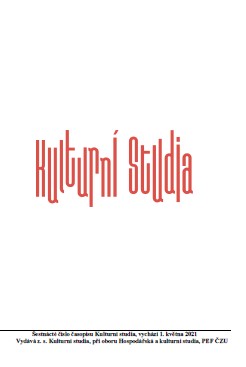Этнические и социальные группы Самарканда и их визуальные репрезентации в эпоху Российской империи
Ethnic and social groups of Samarkand and their visual representations in the era of the Russian Empire
Author(s): Azim Malikov, Tereza Hejzlarová, Kenzhe TorlanbayevaSubject(s): Cultural history, Social history, Culture and social structure , 19th Century, Pre-WW I & WW I (1900 -1919), Ethnic Minorities Studies, Politics and Identity
Published by: Kulturní studia
Keywords: ethnicity; identity; Samarkand; Russian Empire; visual culture;
Summary/Abstract: The main purpose of the article is to study the discourses, the context of the production and the perception of the images of the ethnic "different" in the photographs of the Russian Empire on the example of the Samarkand region in the second half of the 19th and early 20th century. The study of photographs, publications of scholars-orientalists and archival documents shows contradictions in the ethnic classification of the population. The classification of the population by the central government differed from the submissions of some regional officials. In the first decade after the annexation of the region, the authorities seeking to ensure the loyalty of ethnic minorities, in the context of ethnic diversity, studied ethnic and social groups in detail, as reflected in photographs. From the beginning of the twentieth century, pursuing certain objectives, some representatives of the authorities tried to simplify the external categorization of the population of the region, which was reflected in the preferential use of the term “sart” in photographs instead of local social and ethnic self-descriptions. The ideas of Panturkism and Panislamism, seen as a threat to the security, influenced the perceptions of officials.
Journal: Kulturní studia
- Issue Year: 19/2022
- Issue No: 2
- Page Range: 48-77
- Page Count: 30
- Language: Russian

